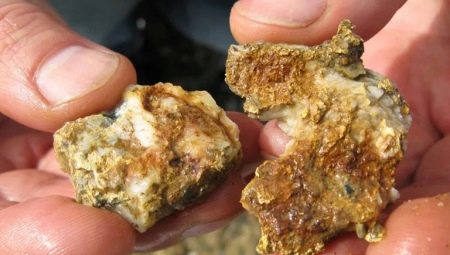For hundreds of years, mankind has been plagued by a gold rush. The precious metal of the color of the sun since ancient times is a symbol of wealth, power and power. In the modern world, the country's large gold reserve guarantees and ensures economic security, stability and independence of the state. In nature, gold reserves are not unlimited, but today large deposits of precious metal are discovered and developed.


What breeds is contained in?
The main gold reserve of our planet is stored in the bowels of the earth. As a result of volcanic processes, gold and magma fell to the surface and solidified in an alloy with other substances in rocks. The processes were uneven, therefore, precious metal is not everywhere. The close proximity of gold is indicated by a large amount of quartz, granite and sulfide ores - pyrite, marcasite, pyrrhotite, ammonite and others.
Gold deposits come in two forms.
- Primary or indigenousif gold is in the rocks. Most often, precious metal in small inclusions is part of the ore from which it must be extracted. If 5-7 grams of gold were extracted industrially from a ton of stones, then this ore is considered to be gold, and if it is more, then the deposit is called a gold mine.
- Placer or secondarywhen, under the influence of natural phenomena, the stones break, grind, and the golden grains entering them settle on the bottom of mountain rivers and lakes.
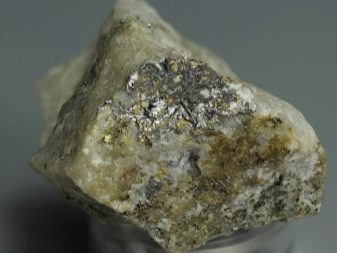
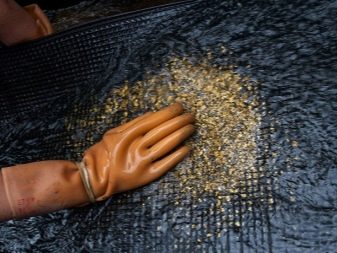
What does it look like?
In nature, gold does not look familiar to us and comes in different shades: from gray-green to red. Many rocks in placers are very similar in appearance to precious metal.Especially often it is confused with pyrite sulfur pyrite. For this, pyrite was called "dog gold." Identifying a precious metal is quite simple - you need to draw a thin needle on the stone. If it is pyrite or another mineral, it will crumble, but if real gold is not.
But not all gold-like stones can be check by mechanical action. In such cases, resort to chemical method of verification. To do this, the test stone is immersed in sulfuric acid: during the reaction, sulfides will darken, and no changes will occur with gold. There is also such a miracle of nature, as pure gold - nuggets. They are obtained during the active leaching of gold sulfides, while the minerals dissolve, and the precious metal remains.
The largest Russian nugget weighing more than 36 kg was found in the South Urals in 1842.
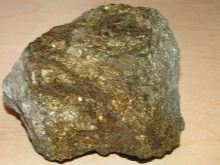
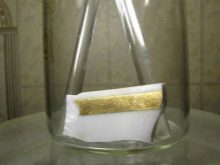
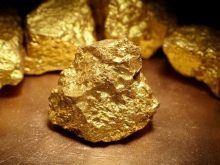
How to get?
For many centuries, mankind worked on the problem of gold mining. In the Middle Ages, alchemists tried to get a "philosopher's stone", which allows you to turn ore into a noble metal. But their experiences were unsuccessful. Nowadays, modern technologies make it possible to extract the maximum amount of precious metal from gold ore. In refineries, the material is carefully processed, cleaned of impurities, flotation is carried out with special reagents, pressed and dried in an oven. Subsequently, at the hydrometallurgical plant, the concentrate obtained is smelted into gold bars.
Our land holds many mysteries and secrets. New deposits of precious metals are discovered, more refining methods are being developed. Gold still rules the world, so more and more people are trying to find stones with the treasured solar vein or nuggets.
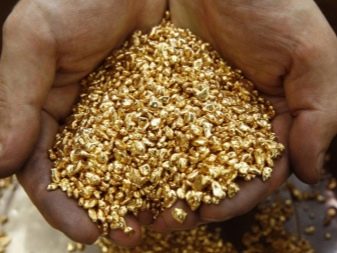

You can extract gold from the stone at home. When choosing a method, the basic properties of the precious metal are taken into account.
- Inertness does not allow to collapse under the influence of most acids and alkalis.
- High density and heaviness provide maximum efficiency of separating the precious metal from others with the most ancient and simple method of mining - washing.
- Softness and ductility even with ultra-small thicknesses allow you to maintain their properties.
- Under the influence of high temperatures, the noble metal melts and boils. Liquid gold when melted loses its density and evaporates long before boiling.
Knowing the basic properties helps to correctly select gold particles from the stone in the home laboratory and not lose a single grain.
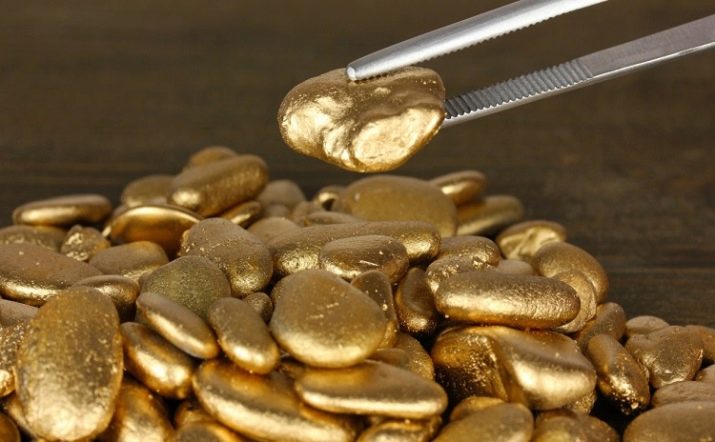
There are several basic ways of refining.
Dry
Gold stones immersed in a special unit, resembling a mill, and carefully grind into fine powder. The resulting mixture treated with chlorine gas. The onset chemical reaction allows you to separate the precious metal from minerals, as it converts all non-metallic elements into a gaseous state. Dry refining requires strict adherence to all safety precautions.
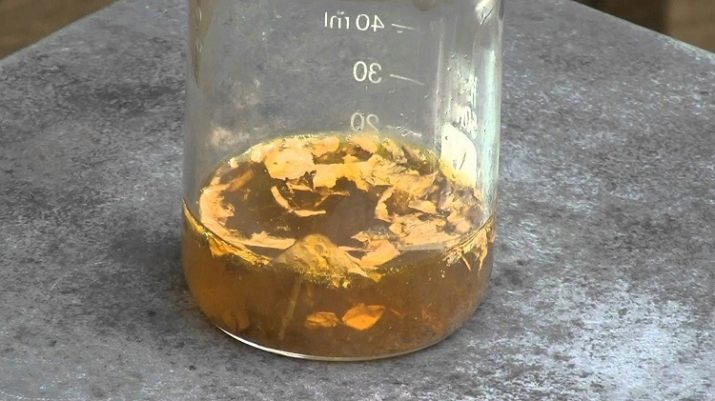
Chemical
This method is often practiced by jewelers and amateur chemists who extract gold elements not only from stones, but also from radio components, microcircuits, contacts and transistors. Chemical refining can be done using several reagents. The method is based on the characteristics of the entry of metals and minerals into reactions with acids and alkalis.
First step with salt or sulfuric acid all non-metallic elements are removed. At the second stage, a mixture of metals dissolves in nitric acid with constant heating. The resulting composition is immersed in hydrochloric acid and nitric is added periodically dropwise. Then the mixture is evaporated to dryness and poured with an aqueous solution of iron sulfate. The resulting brown precipitate is boiled in concentrated nitric acid, while the last residues of impurities are removed, and gold remains.
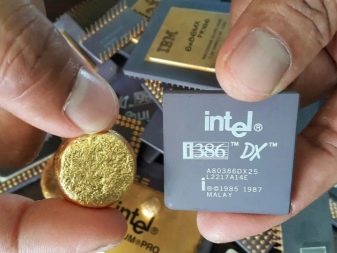
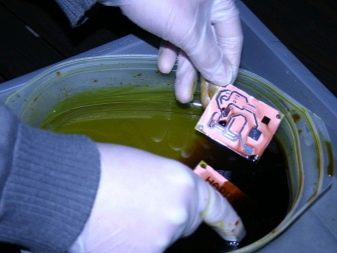
By electrolysis
Gold chloride is immersed in a transparent capacious container with a solution of hydrochloric acid and an electric current is connected. During the reaction, a gradual decrease in the current strength occurs. This means that the oxidation process is over and the precious metal is completely cleaned.
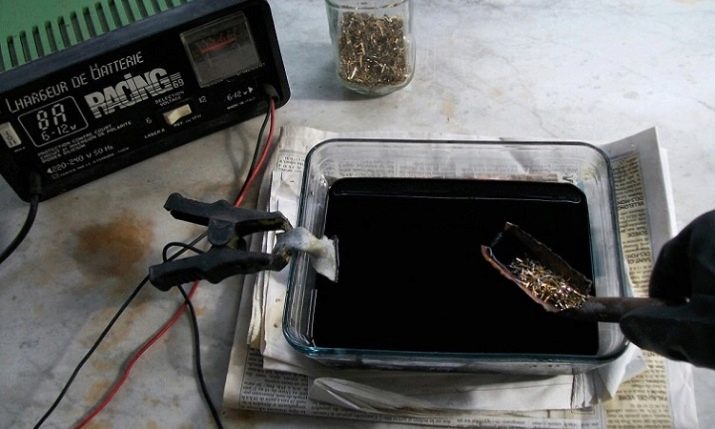
Using chlorine tin
Water and hydrochloric acid are poured into the vessel in equal proportions, tin chloride powder is added. Shredded gold-containing stones are immersed in the resulting solution. After about a day, the precipitate formed is filtered and boiled in hydrochloric acid for complete purification from impurities.

Flushing
Since ancient times, one of the easiest and safest ways to mine gold is flushing. In shallow water of mountain rivers, sand from the bottom is passed through a sieve, while particles of precious metal remain on the grid, and less heavy impurities are removed by a stream of water.
In ancient Greece and the Caucasus, sheep skin was used for gold mining. It was fixed in a special way at the bottom of the river. Under the onslaught of water, small grains of sand easily penetrated the skin, and heavy grains of gold remained on the wool. Gradually, the white fleece became completely golden. It is not for nothing that the Argonauts from the ancient Greek myth made so many efforts in search of the Golden Fleece.
In those days, noble metal was not only a symbol of wealth, but also the absolute power of the country.

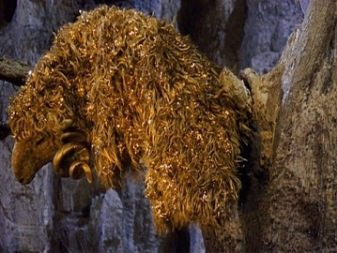
Miller's table
It is possible to separate gold from stones and sand by washing at home. To do this follows buy or make Miller's table - a special box with a width of 25 cm and a length of 50 cm. A hard mat is laid on the bottom. The studied material (sand, finely crushed stones) is loaded into a box and washed under a constant stream of water. As a result, grains of sand and particles of minerals that are light in weight are washed off, and heavier gold grains settle on the rug.
In Russia, prospectors are allowed to mine precious metal from spent mines and small placers. To do this, you must purchase the appropriate license.

Security measures
When working with acids and alkalis, safety rules must be observed. When exposed to exposed skin, reagents cause a chemical burn. It is important to remember that during evaporation they emit toxic gases that are harmful to human health and can damage the organs of vision and breathing.
All work should be carried out in a well-ventilated room with an extractor hood and use personal protective equipment - rubber gloves, a mask, overalls.
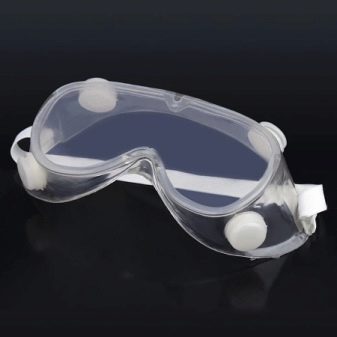
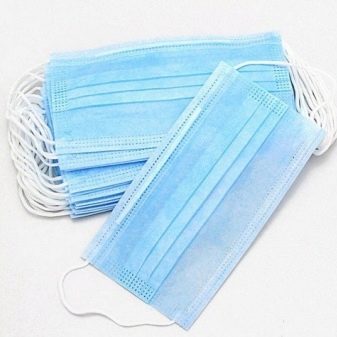
The following video presents one of the most effective ways to get gold from a breed.
